Tabel de conținut
- What Are Cannabinoids?
- How Does the Endocannabinoid System Work?
- What Is THC and Why Is It So Important?
- What Makes THCP Different from THC?
- What Is HHCP and Why Do People Use It?
- How Do CBD and Other Cannabinoids Compare?
- How Do Cannabinoids Relate to Medicine and Health?
- How Can Beginners Safely Explore Cannabinoids?
- Conclusion: Why Should You Learn About Cannabinoids?
- Works Cited
What Are Cannabinoids?
Cannabinoids are a diverse group of chemical compounds found in the cannabis plant, particularly the cannabis sativa plant. These compounds interact with specialized proteins in the body called cannabinoid receptors. Together, cannabinoids and these receptors form part of the endocannabinoid system, a network that helps regulate the central nervous system, immune system, and many essential functions in the human body.
What Do Cannabinoids Produce?
When cannabinoids bind with receptors, they trigger a wide range of physiological effects and therapeutic effects, depending on the specific compound. For example:
- Delta 9 tetrahydrocannabinol (THC): The primary psychoactive component of cannabis, responsible for the high.
- Cannabidiol (CBD): A non-intoxicating cannabinoid associated with relaxation and wellness.
- Minor cannabinoids: Compounds such as CBN and CBG that are being studied for their therapeutic potential.
- Synthetic cannabinoids: Man-made chemicals designed to mimic naturally occurring cannabinoids, though some can carry adverse health effects and risks of cannabinoid abuse.
Researchers have found that these compounds found in cannabis may provide potential benefits such as pain relief, appetite stimulation, and even help to reduce anxiety. However, they may also carry negative effects, including cognitive impairment, motor coordination issues, or an increased risk of psychotic disorders with overuse.
How Does the Endocannabinoid System Work?
What Is the Endocannabinoid System?
The endocannabinoid system (ECS) is made up of endocannabinoids, cannabinoid receptors, and enzymes. It helps regulate sleep, mood, memory, and appetite. Scientists describe it as a balancing system that ensures the body maintains homeostasis.
How Do Cannabinoid Receptors Function?
- Cannabinoid receptor type 1 (CB1): Found mainly in the brain and nervous system, influencing mood, memory, and motor coordination.
- Cannabinoid receptor type 2 (CB2): Located mostly in the immune system, connected to inflammation and pain relief.
When tetrahydrocannabinol THC binds to CB1, it produces the psychoactive effects many associate with cannabis use. In contrast, cannabidiol CBD interacts differently, often dampening some of THC’s adverse effects.
How Do Endocannabinoids Serve the Human Body?
Endocannabinoids serve as natural messengers, helping the ECS fine-tune body systems. These naturally occurring cannabinoids are vital in managing pain relief, weight loss, and even nausea and vomiting regulation.
What Is THC and Why Is It So Important?
Why Is THC Considered the Main Cannabinoid?
Delta 9 tetrahydrocannabinol (THC) is considered the main cannabinoid because it is the primary psychoactive component of cannabis. THC has been the subject of many clinical trials and systematic reviews by agencies like the national institute and the food and drug administration (FDA).
What Are the Effects of THC?
- Positive effects: relaxation, appetite stimulation, euphoria, ability to alleviate pain, and support in treat nausea during cancer chemotherapy.
- Adverse effects: anxiety, cognitive impairment, dizziness, and vomiting caused by higher doses.
Because THC can be both helpful and risky, researchers continue to study its therapeutic potential and adverse effects. For example, the national cancer institute has highlighted THC’s role in helping cancer pain, while also warning of risks related to drug abuse and interactions with other drugs.
For newcomers, exploring THC safely means using fda approved or sold legally products like those available from Canapuff’s Psychoactive Cannabinoids collection.
What Makes THCP Different from THC?
Why Was THCP a Breakthrough?
Discovered in 2019, THCP has a longer carbon chain than THC, allowing it to bind more tightly to cannabinoid receptors. Early research suggests it may be up to 30 times more active than THC at CB1 sites.
What Are the Therapeutic Effects of THCP?
- Pain relief in smaller doses
- Stronger psychoactive effects
- Possible support in severe forms of chronic conditions
Because of its strength, THCP may also bring adverse effects if not used responsibly. Beginners should approach with caution and choose purified form or controlled products, such as Canapuff’s bestsellers.
What Is HHCP and Why Do People Use It?
HHCP, or Hexahydrocannabiphorol, is a hydrogenated version of THCP. This process increases its stability and makes it longer-lasting in the human body.
What Are the Effects of HHCP?
- Smooth, steady relaxation
- Potential to alleviate pain over longer periods
- May carry fewer negative effects like sudden anxiety compared to particularly THC
HHCP may be especially appealing to those seeking complementary and integrative health approaches. Explore options designed for calmness and balance at Canapuff’s For Relax collection.
How Do CBD and Other Cannabinoids Compare?
What Is Cannabidiol (CBD)?
Cannabidiol CBD is one of the most popular individual cannabinoids for medical use. It is not intoxicating and has been widely studied for its therapeutic potential. Research shows CBD can help:
- Reduce anxiety
- Support weight loss and appetite stimulation
- Treat nausea and vomiting caused by other medications
- Provide relief for chronic pain and cancer pain
While CBD use is generally safe, high doses may cause mild adverse effects like fatigue.
What Are Minor Cannabinoids?
Minor cannabinoids such as CBN, CBC, and CBG are being studied in clinical trials for therapeutic effects in cancer chemotherapy, psychotic disorders, and intraocular pressure regulation.
How Do Cannabinoids Relate to Medicine and Health?
What Do Researchers Say About Cannabinoid Use?
Agencies like the national center for complementary and integrative health, the national cancer institute, and the drug administration continue to explore the effects of cannabinoids. They note both potential benefits and adverse health effects.
- Medical use: To treat nausea, alleviate pain, and assist with cancer pain.
- Investigative ophthalmology and visual science studies: Showing cannabis can help reduce intraocular pressure in glaucoma.
- Clinical trials: Testing cannabinoids in dietary supplements and exploring their role in managing rare forms of epilepsy.
What Are the Risks of Cannabinoid Abuse?
Like any substance, cannabinoid abuse can lead to adverse health effects, such as:
- Cognitive impairment
- Motor coordination issues
- Dependence and drug abuse
- Increased risk when mixed with other substances or other drugs
How Can Beginners Safely Explore Cannabinoids?
- Start small: Use low doses to avoid adverse effects.
- Choose quality: Always buy sold legally and preferably fda approved products from trusted companies like Canapuff.
- Consider your goals: Are you looking for relaxation, help to reduce anxiety, or pain relief?
- Be mindful of risks: Overuse of particularly THC or synthetic cannabinoids may lead to negative effects.
With categories like Kratom and Nicotine Vapes, Canapuff also offers complementary products for people exploring integrative health routines.
Conclusion: Why Should You Learn About Cannabinoids?
Cannabinoids are complex but fascinating. From tetrahydrocannabinol THC to cannabidiol CBD, THCP, HHCP, and many other cannabinoids, these compounds play important roles in science, medicine, and wellness. While research from the national institute and systematic reviews highlight both therapeutic effects and adverse effects, the future of cannabinoids in complementary and integrative health is promising.
If you are curious about cannabinoids, start with trusted information and sold legally products.
Begin your cannabinoid journey safely with Canapuff today.
Works Cited
National Center for Complementary and Integrative Health. “Cannabis (Marijuana) and Cannabinoids: What You Need to Know.” U.S. Department of Health and Human Services, 2023.
U.S. Food and Drug Administration. “FDA and Cannabis: Research and Drug Approval Process.” FDA, 2023.
Istituto di Chimica Biomolecolare, Consiglio Nazionale delle Ricerche. “A New Phytocannabinoid Isolated from Cannabis sativa L. with an in Vivo Cannabimimetic Activity Higher than Δ9-Tetrahydrocannabinol.” Scientific Reports, 2019.
National Cancer Institute. “Cannabis and Cannabinoids (PDQ®)–Health Professional Version.” National Institutes of Health, 2023.
Investigative Ophthalmology & Visual Science. “Cannabis and Intraocular Pressure Studies.” Association for Research in Vision and Ophthalmology, 2022.





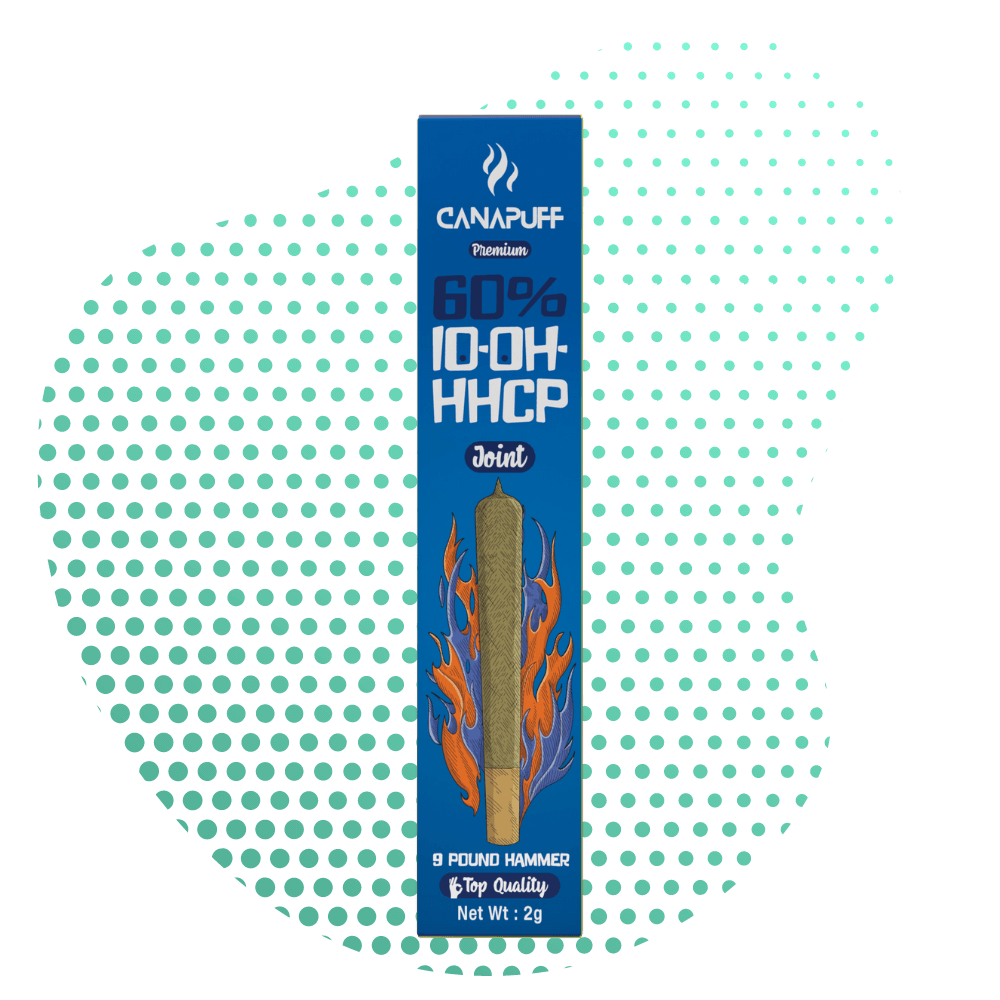
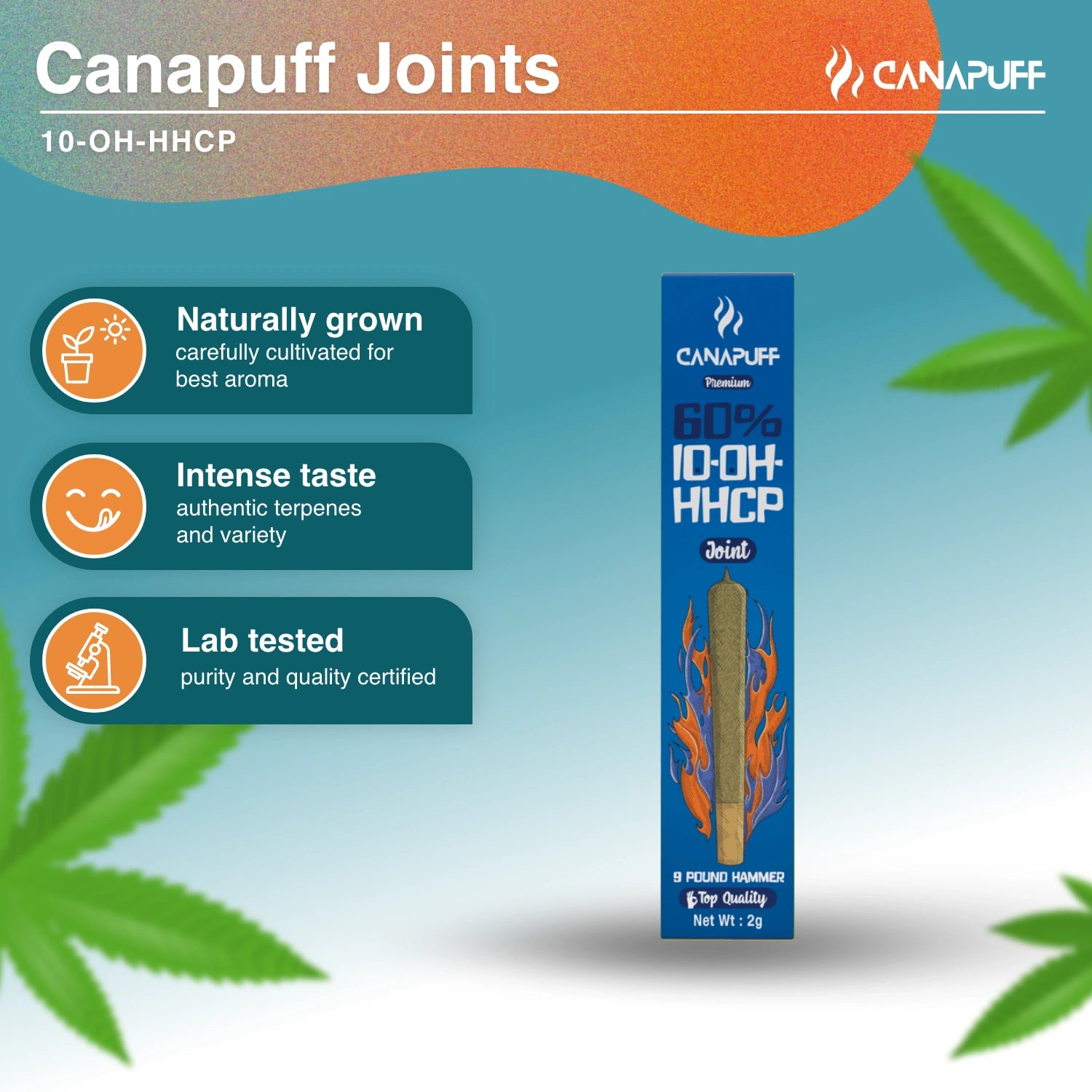
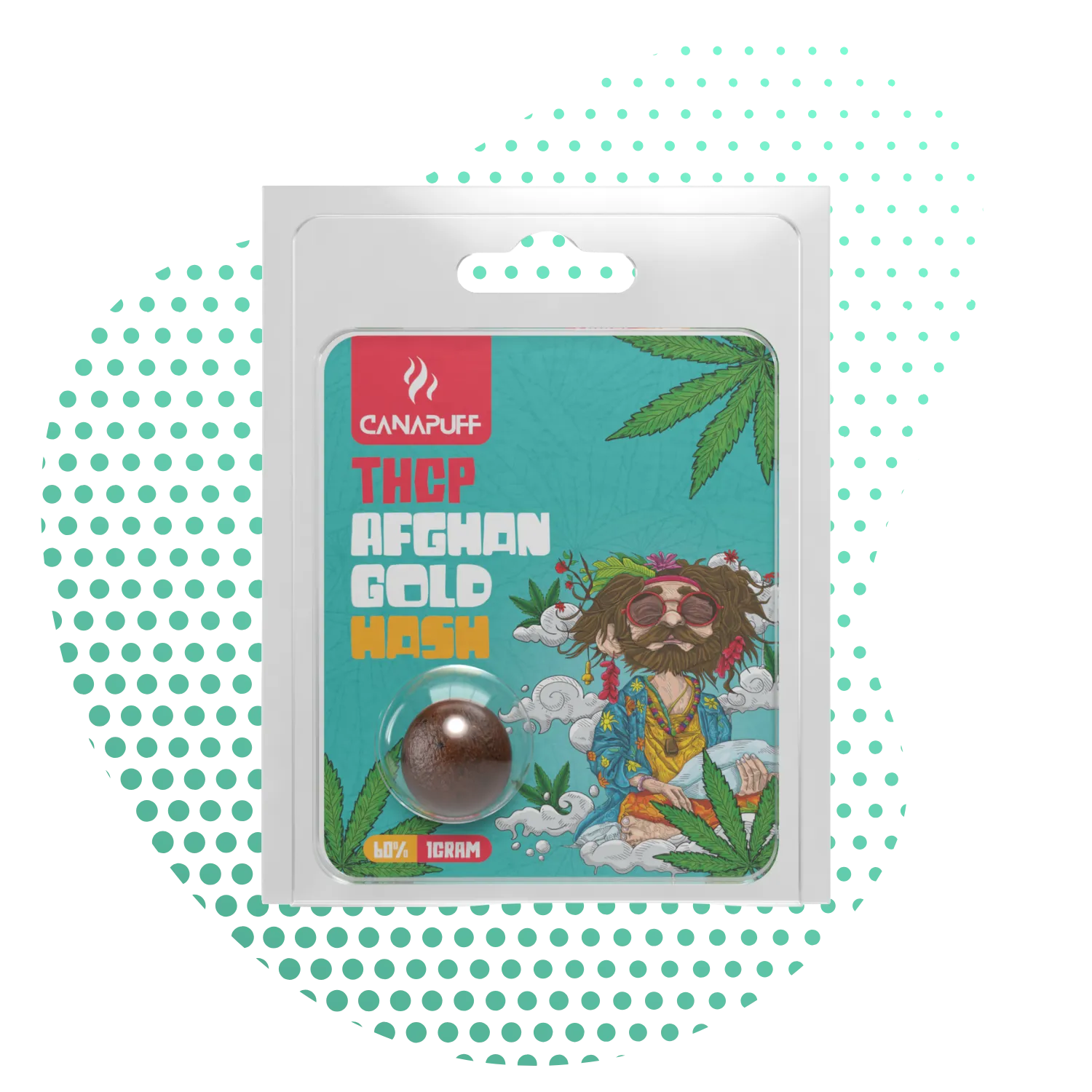

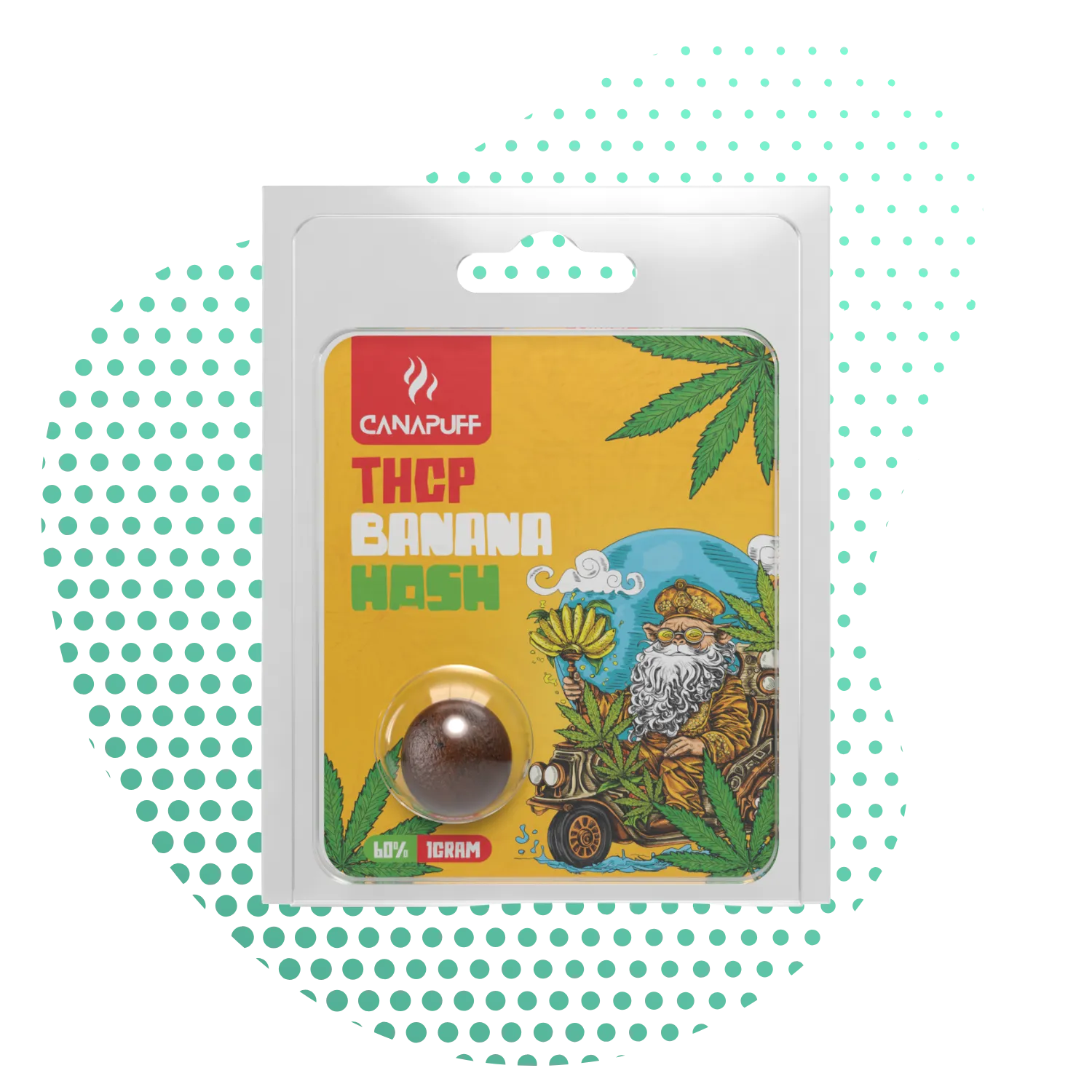

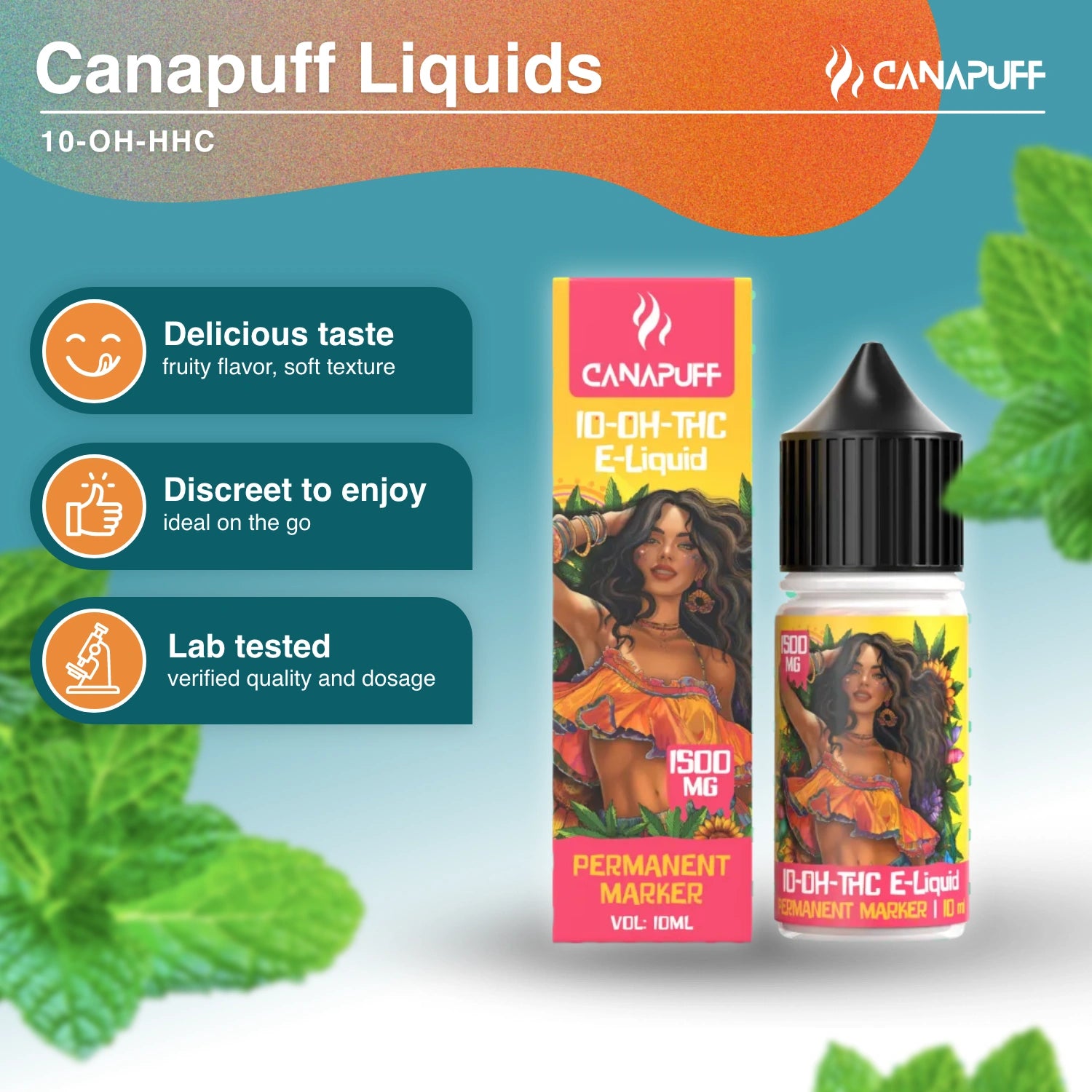
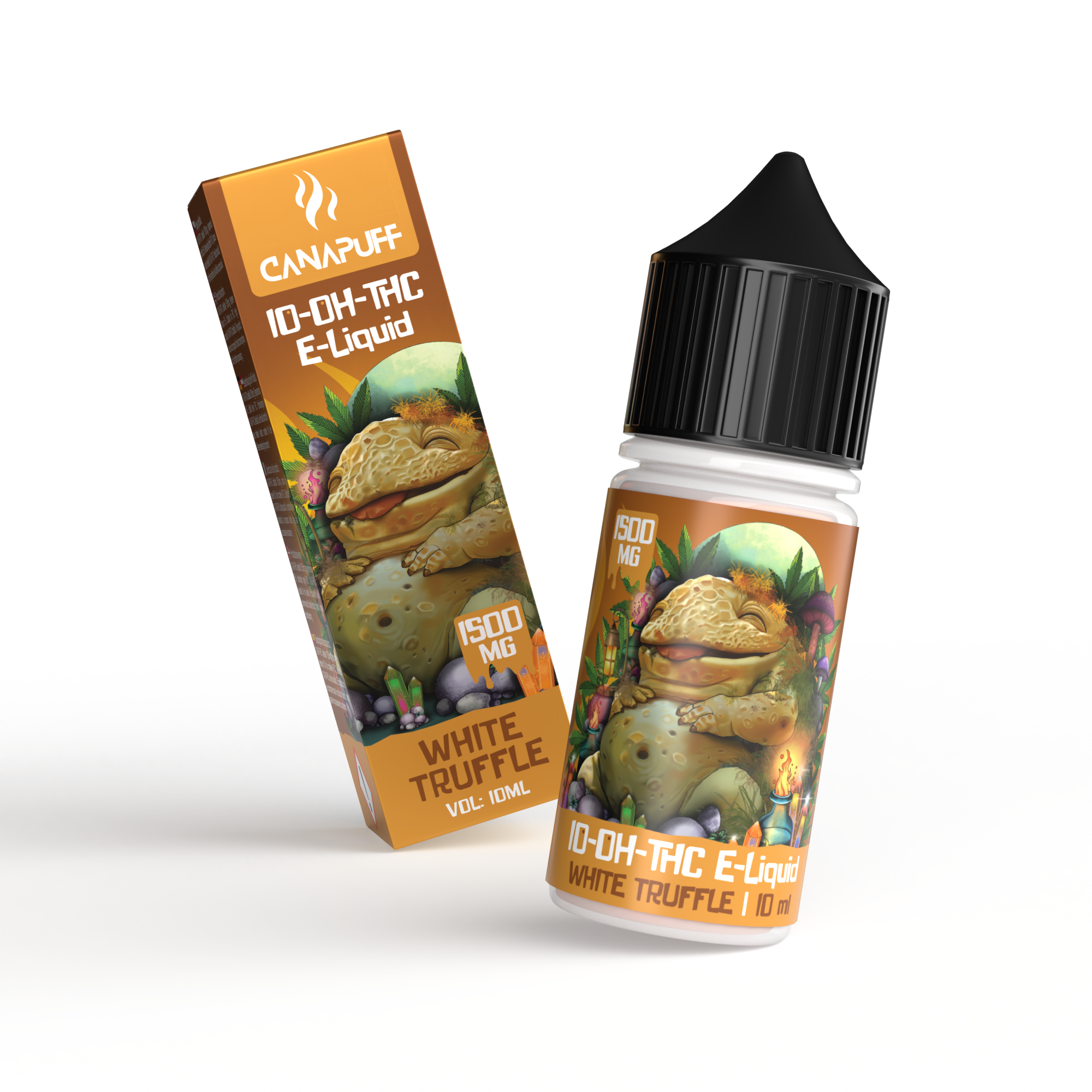
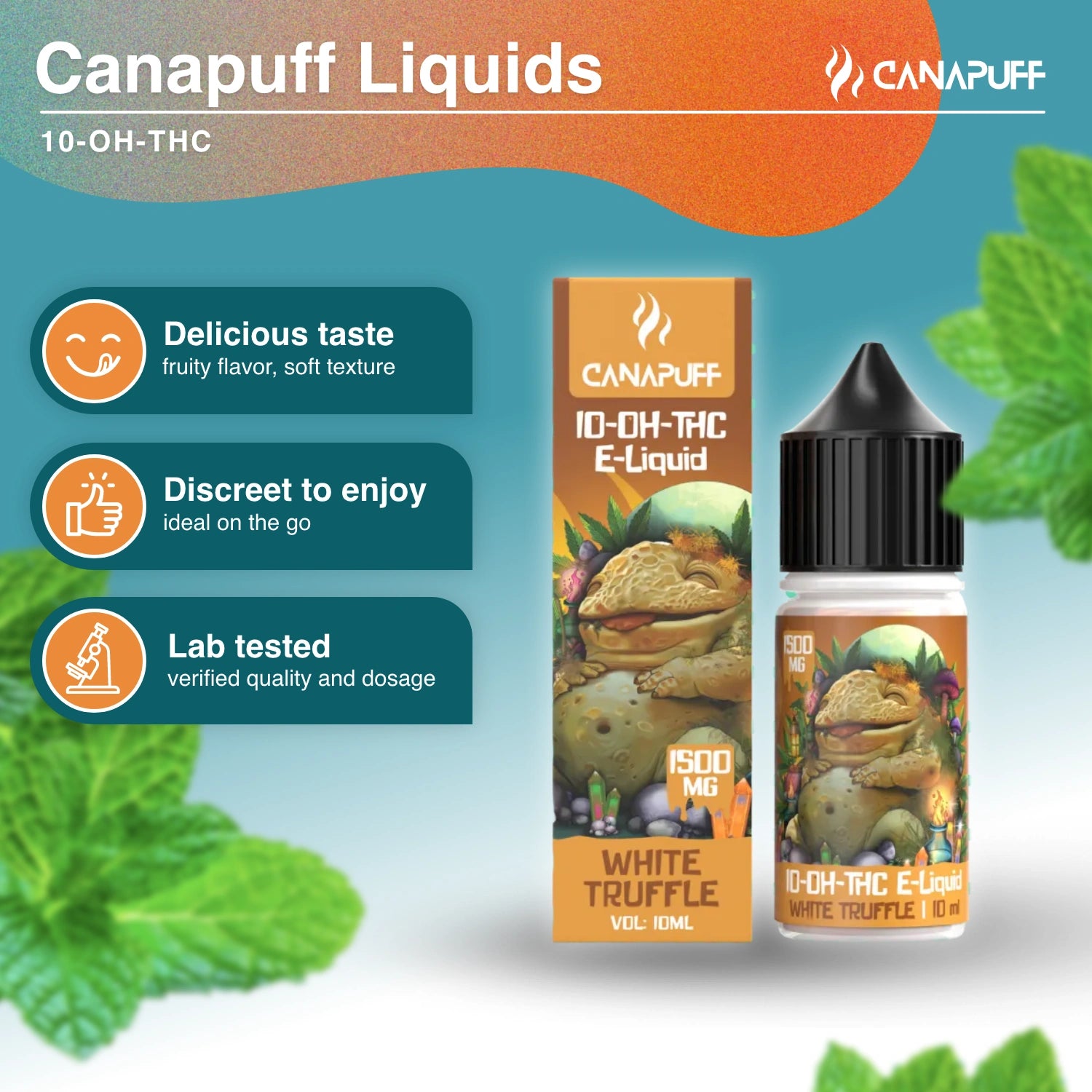
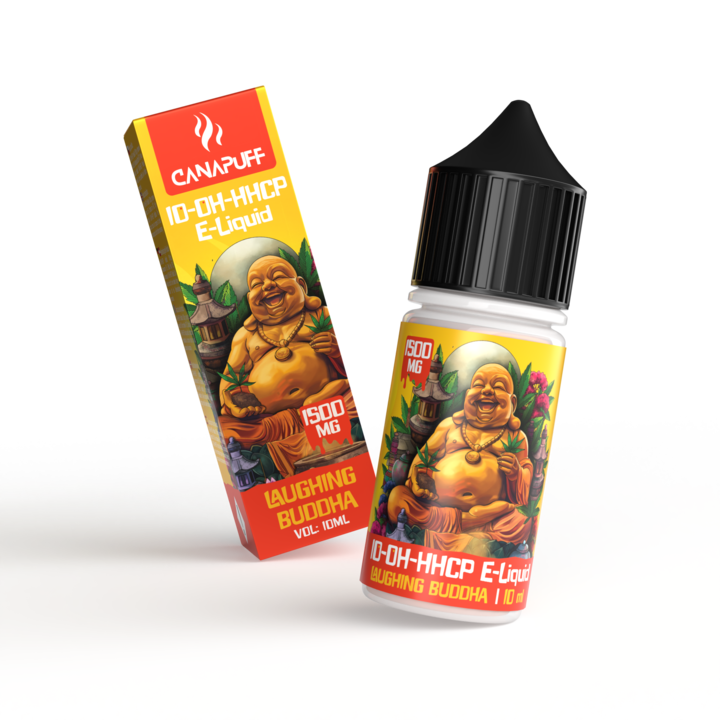
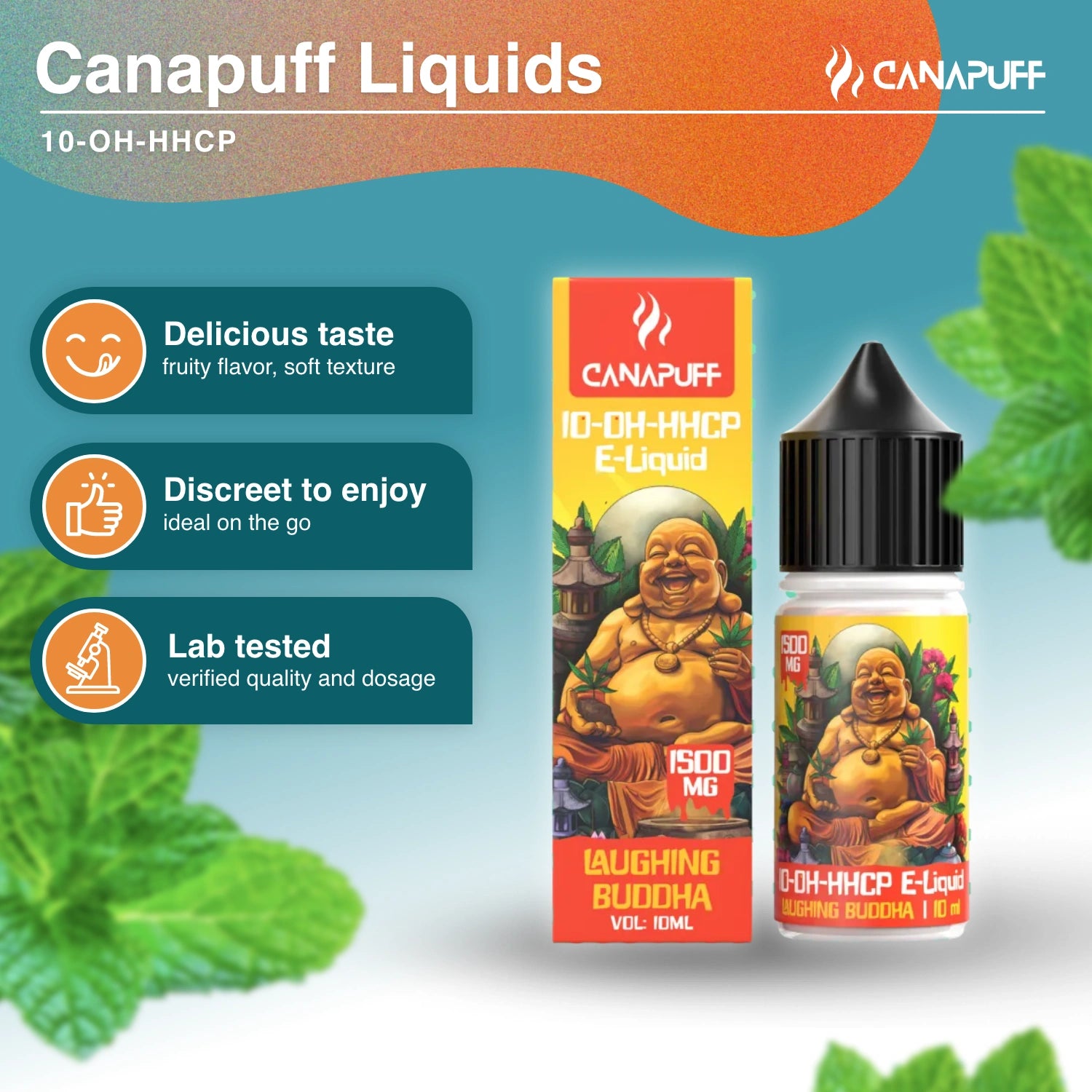

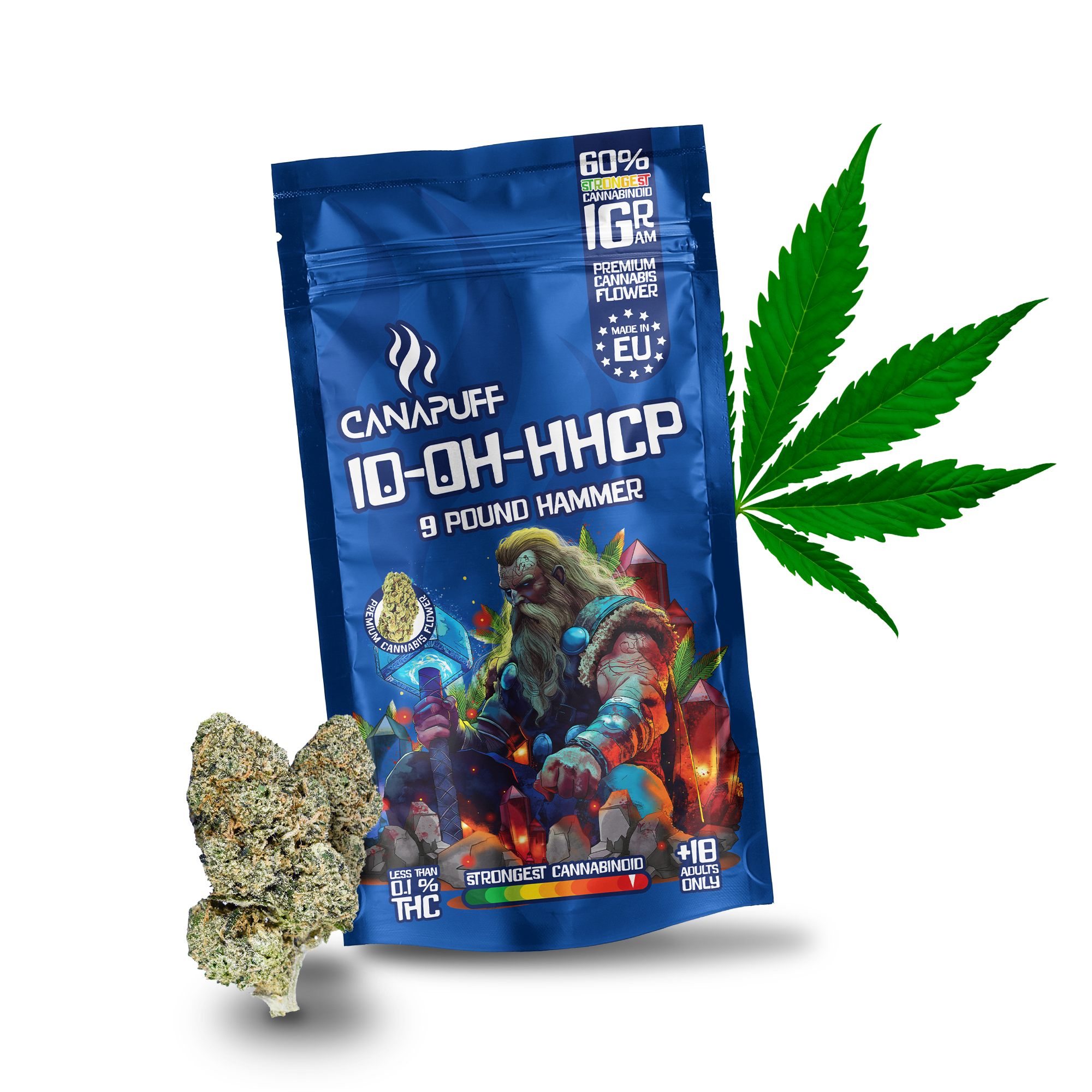
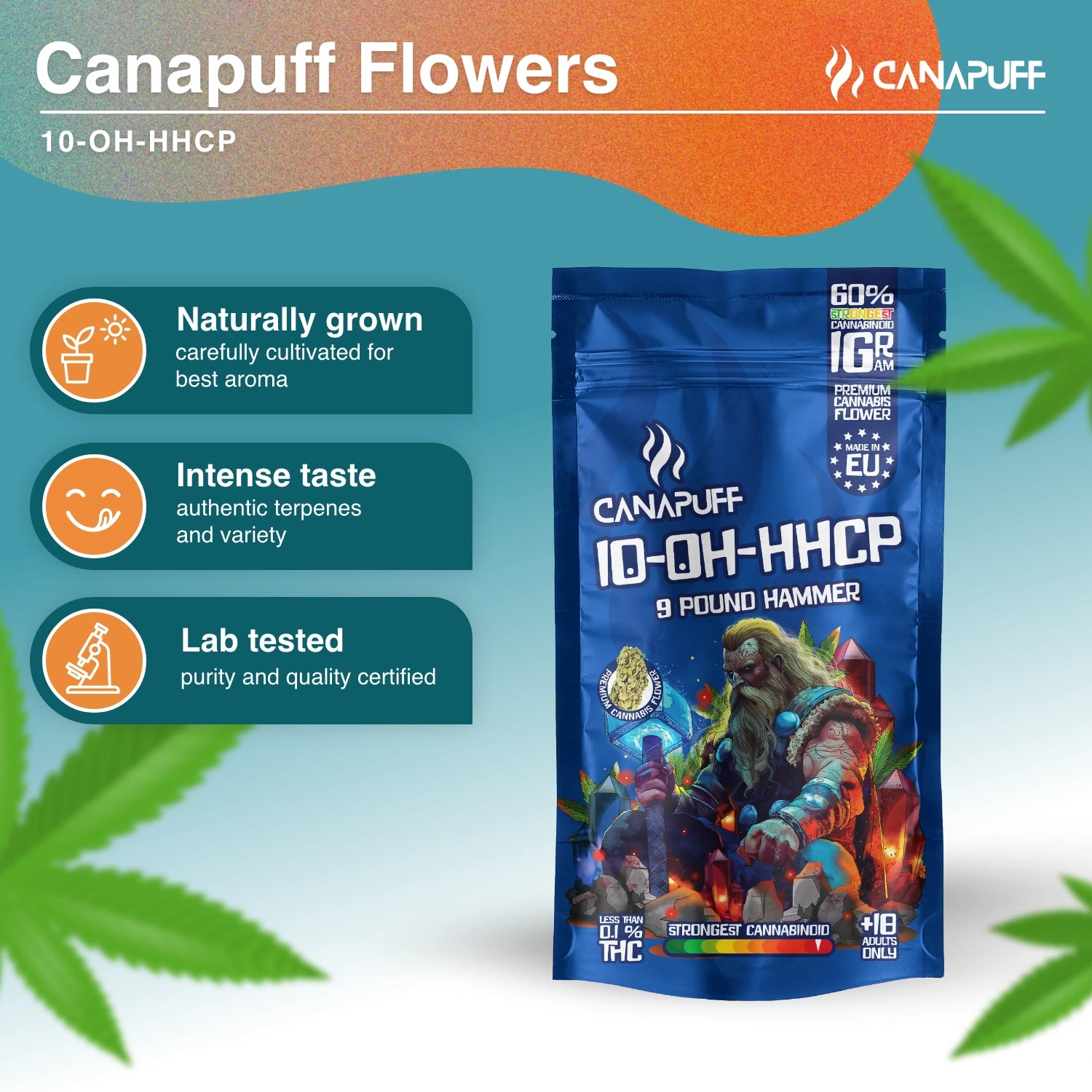
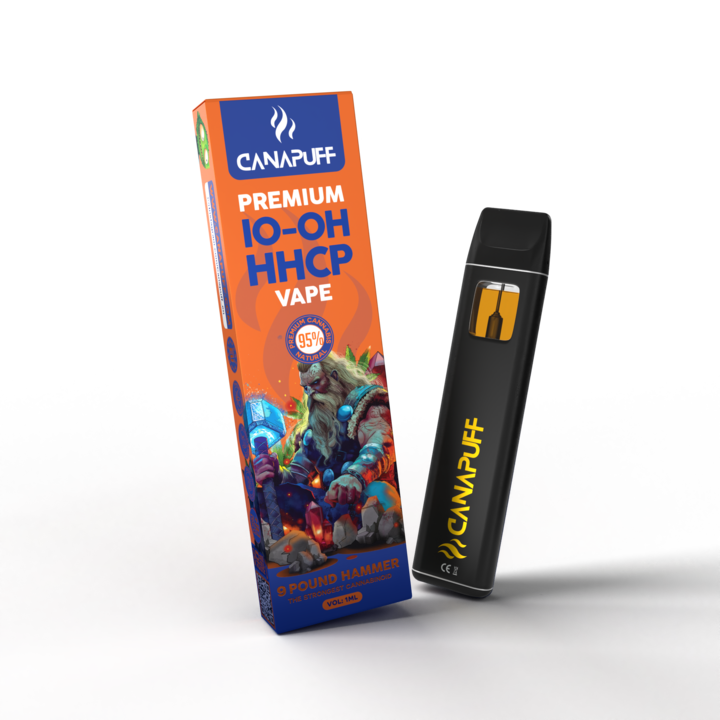
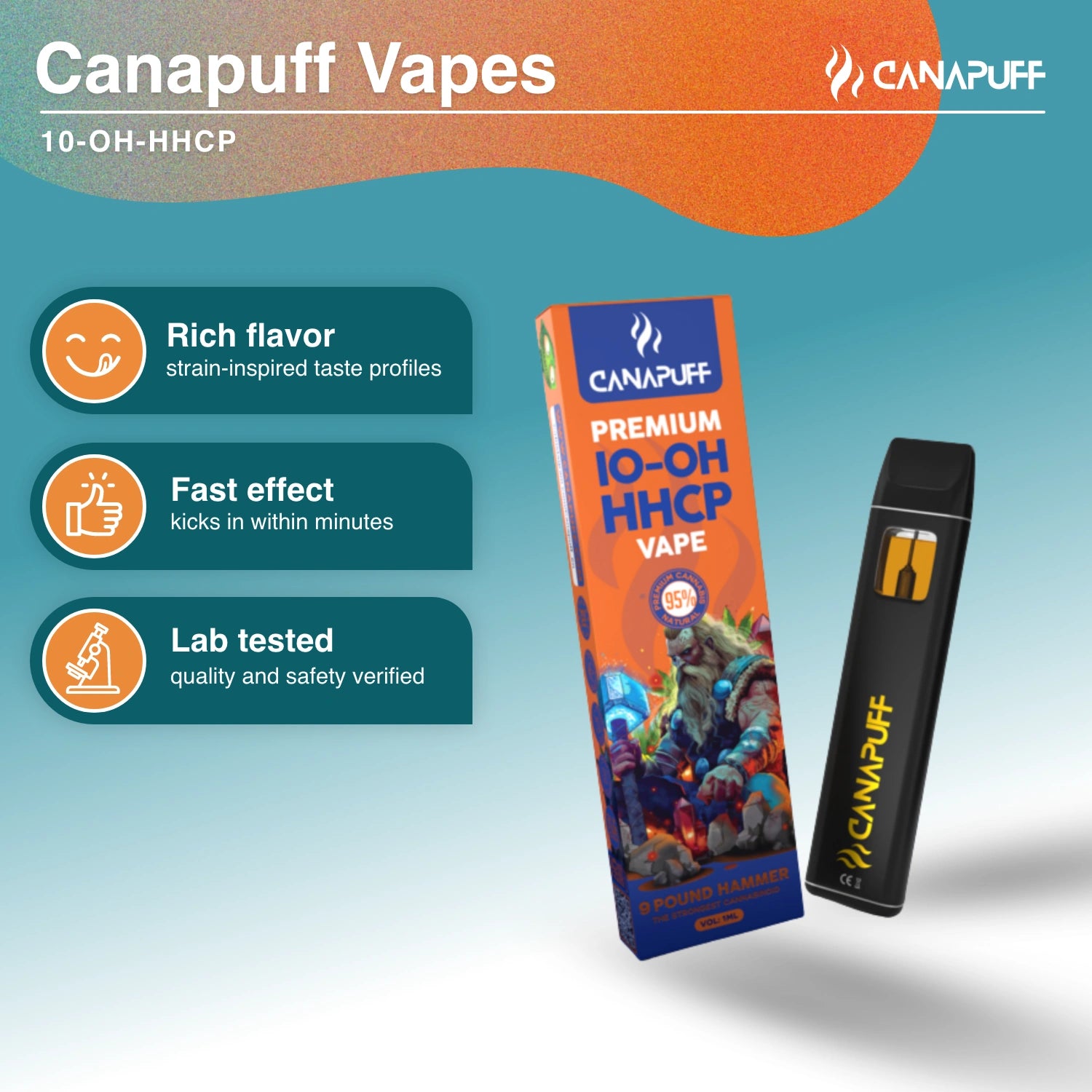
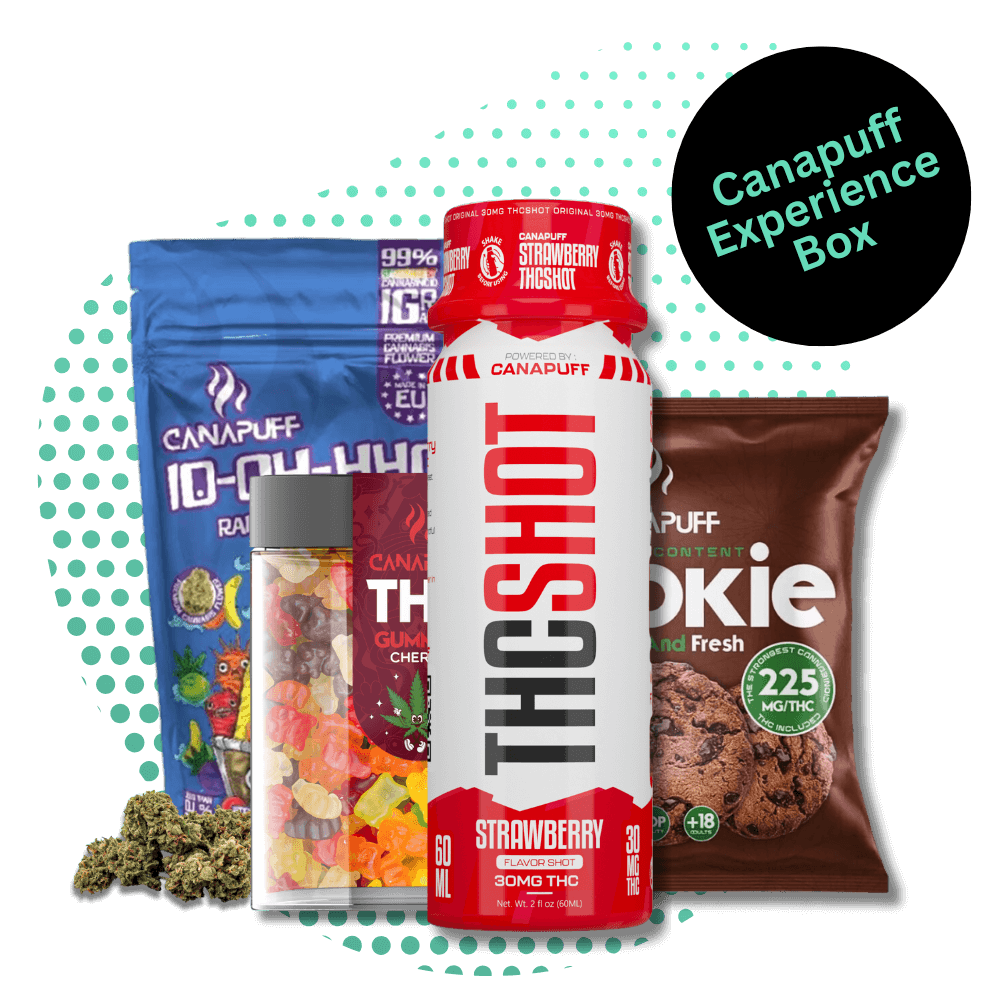


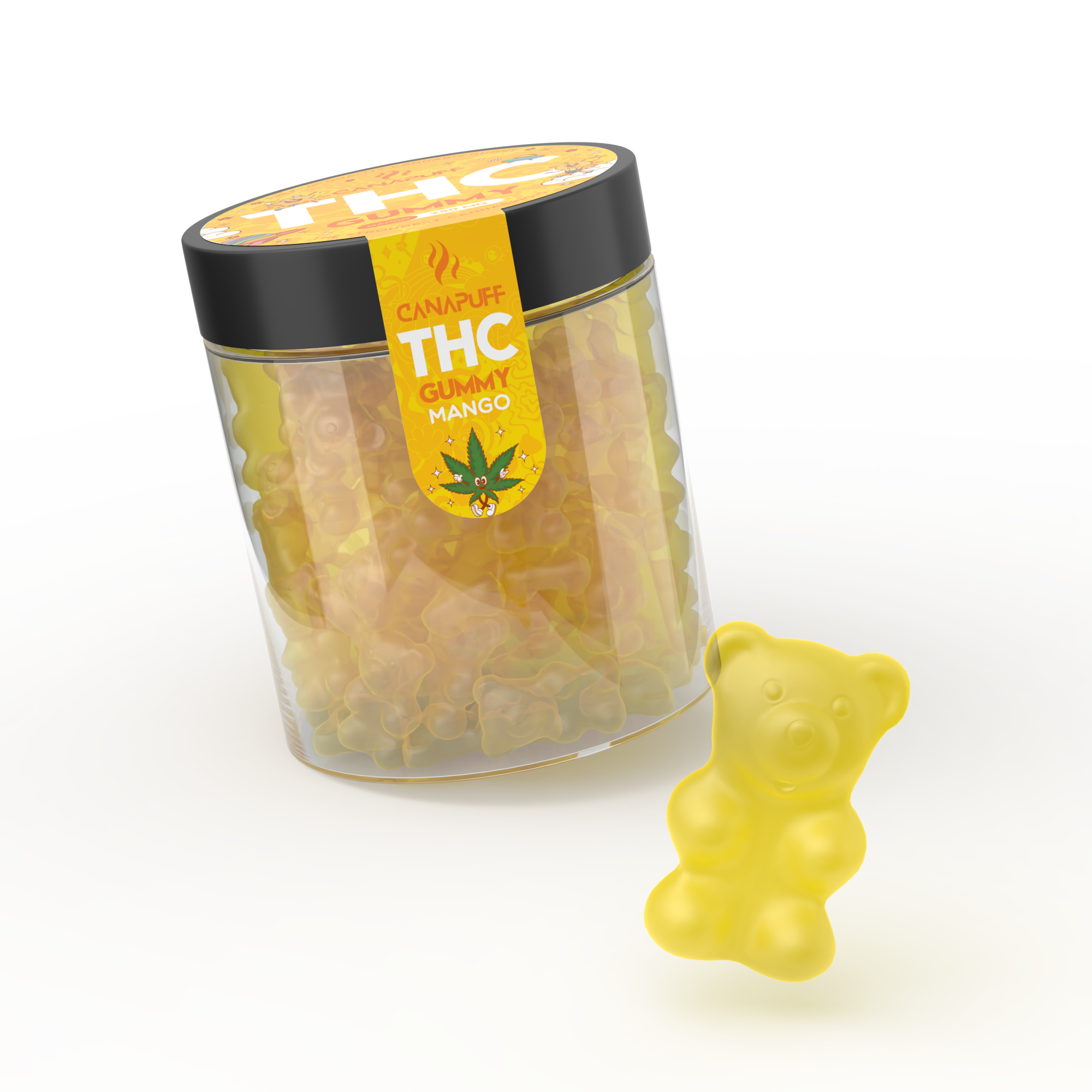
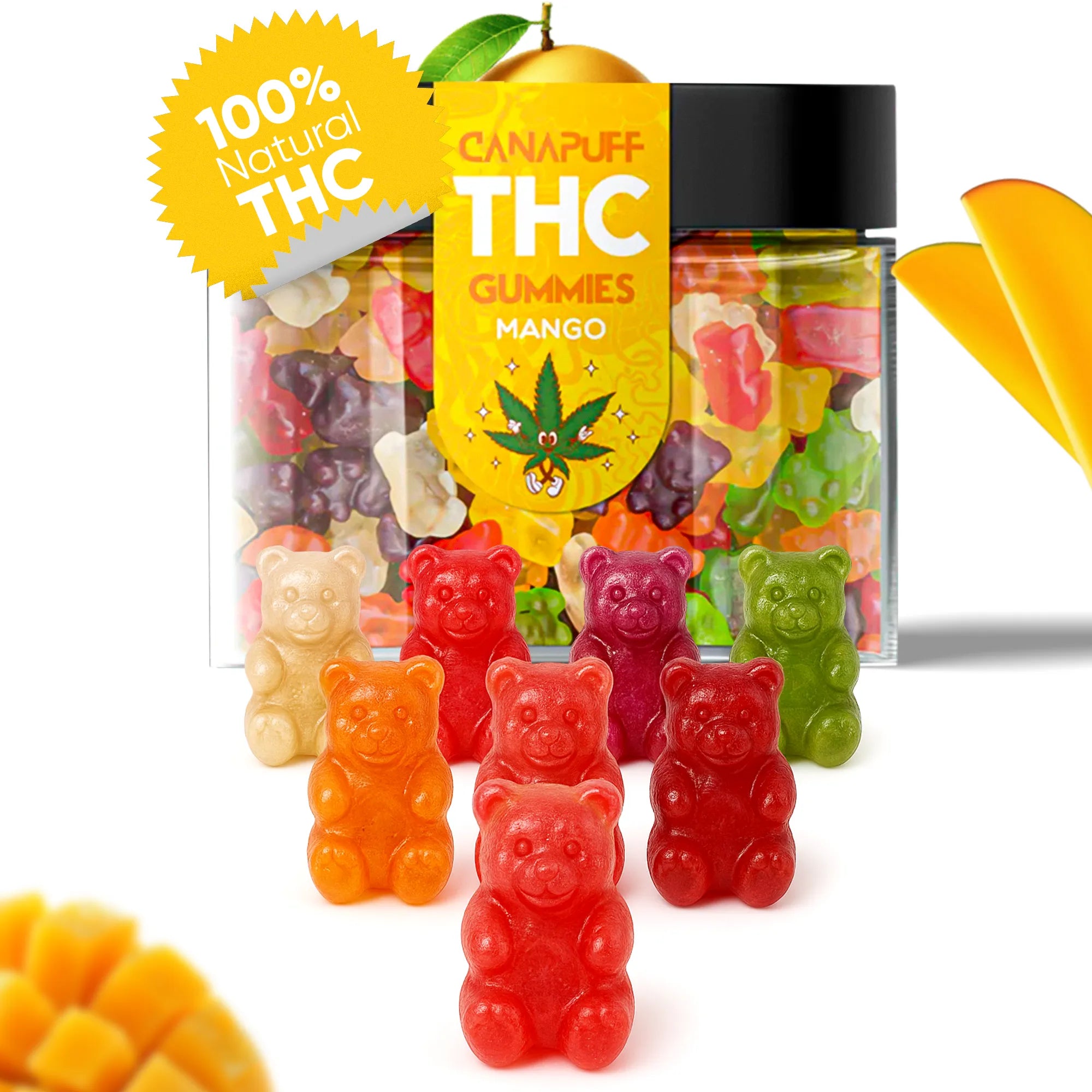


Lasă un comentariu
Acest site este protejat de hCaptcha și hCaptcha. Se aplică Politica de confidențialitate și Condițiile de furnizare a serviciului.